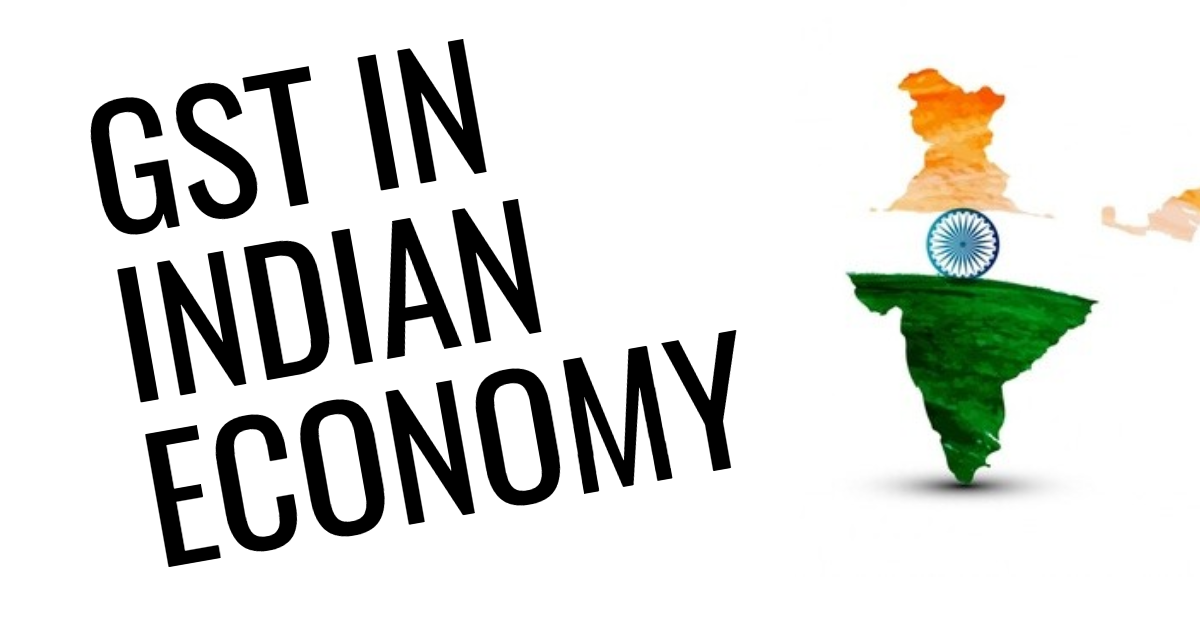+91 -80 -2319 0770/0288, 2359 3288 Ext.235
+91 9342103552 +91 9902977233
info@gsttrainingbangalore.com
Mock Test

The Goods and Services Tax or GST go live on July 1, 2017, but the process of consolidation and enrollment has already begun. Aiming to standardize indirect taxation in the country as far as goods and services are concerned, the GST will have a multi-fold and direct impact on the workings of businesses, whether large corporate houses or SMEs.
GST has simplified the taxation system of the country. As GST is a single tax, calculating tax at the multiple stages of the supply chain has become easier. A simple taxation regime can make the manufacturing sector more competitive and save both money and time. It also unites the taxation laws under various state governments.
The retail price of the manufactured goods and services in India reveals that the total tax component is around 25-30% of the cost of the product. After implementation of the GST, the prices have gone down, GST will effectively mean that the tax paid by the final consumer will come down in most cases and will help in boosting consumption, which is again beneficial to companies.
The cost of production in the domestic markets has dropped due to the implementation of the Goods and Services Tax. which is a positive influence to increase the competitiveness towards the international market. This helps well for exporters, who compete with global manufacturers, which operate on very different cost structures.
The GST impact on the transportation of goods and services from state to another has been a very welcoming change. Goods can be easily transported all over the country, which is a benefit to all businesses. This encourages an increase in production and for businesses to focus on PAN- India operations.
A simpler tax structure can bring about greater compliance, this increases the number of taxpayers and in turn the tax revenues collected for the government. By simplifying structures, GST would encourage compliance, which is also expected to widen the tax base.
GST being a single tax, it has made it easier for the taxpayer to pay taxes uniformly. This provides a fair play ground for all stakeholders and focus can be brought in to efficiency rather than vantage points.